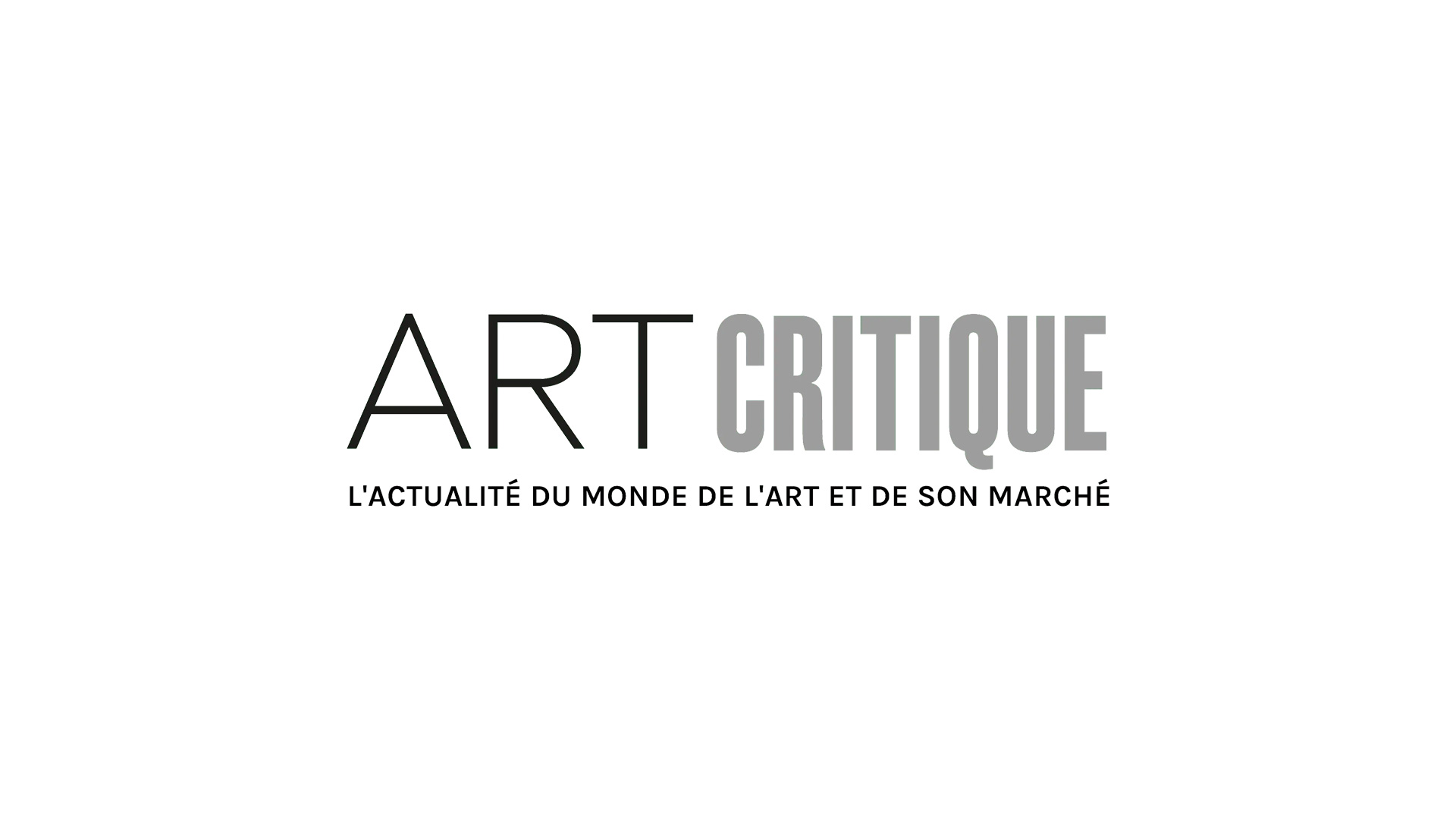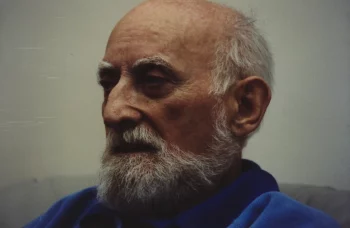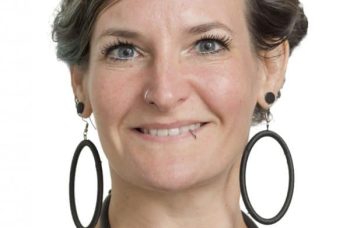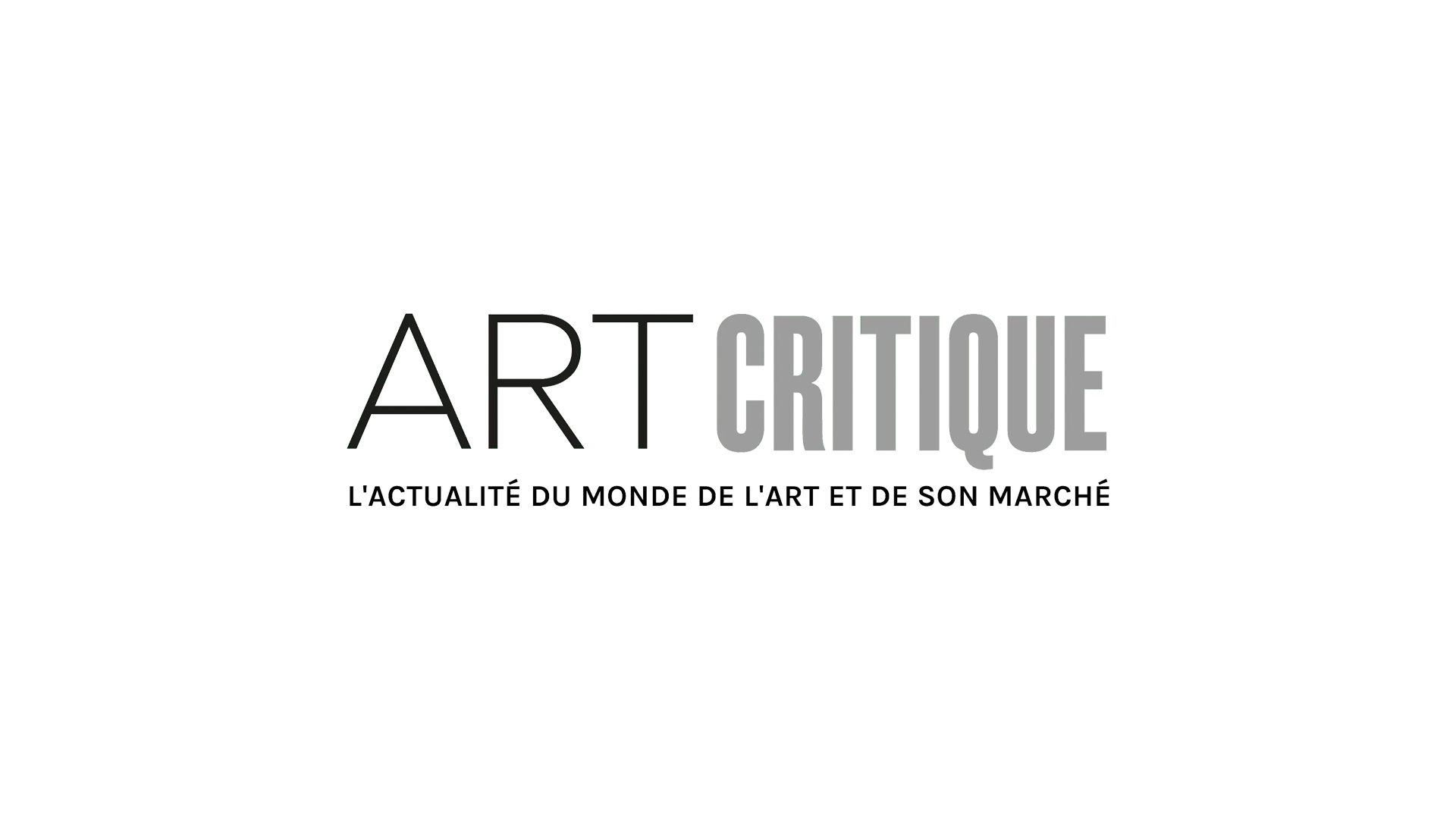A new discovery of an ancient burial site shows just how much we still don’t know about ancient societies. A 9,000-year-old burial site in southern Peru potentially shows that what we’ve longed believed about gender roles in hunter-gatherer societies might be a bit off.
Anthropology professor Randall Haas and a team of experts have published a report that “challenge[s] the man-the-hunter hypothesis” concerning the division of work amongst males and females in ancient times. Published in Science Advances, the study titled “Female hunters of the early Americas” builds upon the discovery of remains and more than 20,000 artefacts in the Andean highlands at a 9,000-year-old burial site called Wilamaya Patjxa.
The study points out that in recent hunter-gatherer societies, big-game hunting has been “overwhelmingly male-biased.” But, Haas and his team have shown evidence from Wilamaya Patjxa that this may not have always been the case amongst ancient societies that would have required all-hands-on-deck to procure big-game. In addition to communal hunting, Wilamaya Patjxa findings suggests that child rearing would have been a shared task, freeing up more men, women, and children to partake in hunts.
One set of skeletal remains of a girl, who died between the ages of 17 and 19, has been of particular interest to the researchers. Referred to as “Wilamaya Patjxa individual 6,” or simply Wilamaya, the girl’s skeletal remains were uncovered alongside a set of big-game hunting tools. The hunting kit included several projectile points as well as tools, such as scrapers and a backed knife, used to process the game.
To better understand their findings and to support their hypothesis, the researchers broadened their scope to look for similarities in other Late Pleistocene and Early Holocene burial sites in the Americas. Through their search, Haas and his team came across more than 400 burials over 107 sites, with 27 of the remains being associated with big-game hunting tools. Ultimately, the team found that of those 27 remains, 11, including Wilamaya, were female, giving the team confidence that this wasn’t a one-off situation.
An argument could be made, and has been made before, that the female remains were not actually buried with the hunting tools, but at some point, were moved, intentionally or otherwise, to where the tools were buried. However, the tools by Wilamaya are described as having been “tightly concentrated” and “stacked in a pile” by her hip. For Haas, the remains were “unequivocal[ly]” buried with her at the time of her death.
The rendering shown above was created by Matthew Verdolivo (Senior Artist, UC Davis IET Academic Technology Services) in consultation with Haas, Madeline Frey (UC Davis undergraduate student and artist), and Steve Dana (Graphics Lead, UC Davis IET Academic Technology Services). Depicting a fictional scene of Wilamaya, it shows her with hair, fashioned like that seen in regional rock art and clothing based on the materials buried with her. “We know she was wearing hide clothing, and that it was painted or tanned with this red ocher pigment. The ocher helps to make hides beautiful and to preserve and waterproof them,” Haas told Artnet News. “It’s not because we think girls wear pink.”
“What had to happen was feminist scholars telling us to be alert to other possibilities,” continued Haas about motive for exploring different avenues, “and we had to have the right data come along.” In the end, it seems that Wilamaya has potentially helped us understand ancient societies in ways previously less considered.





